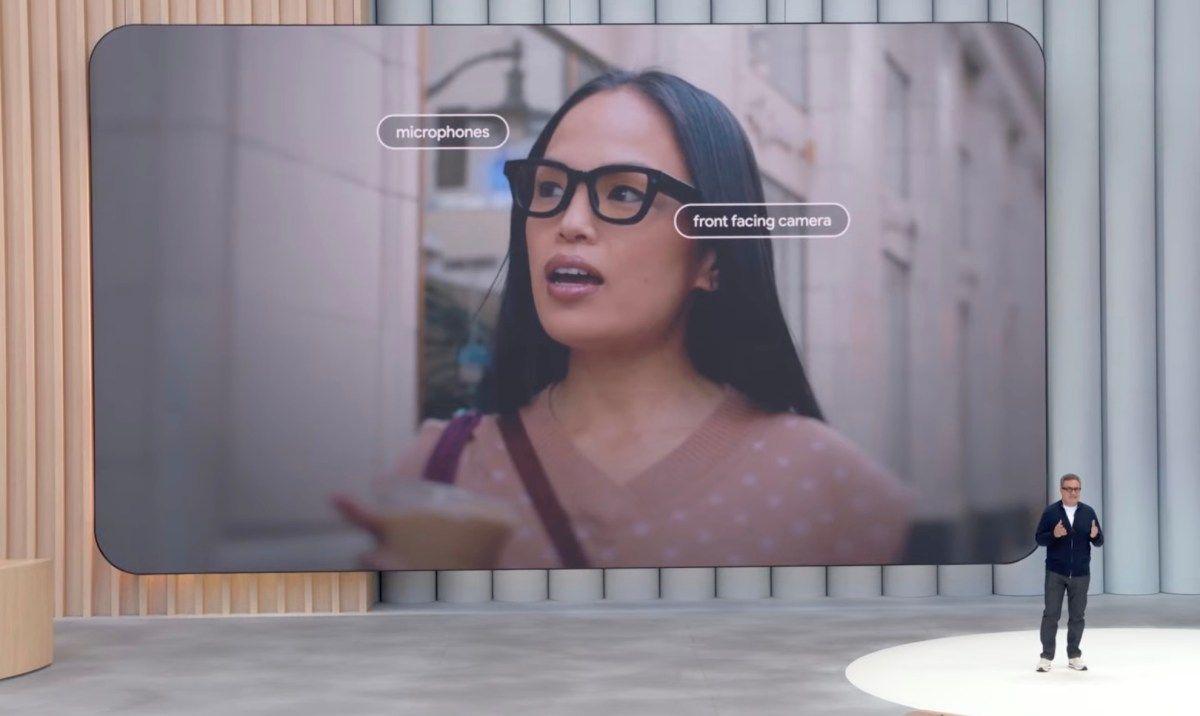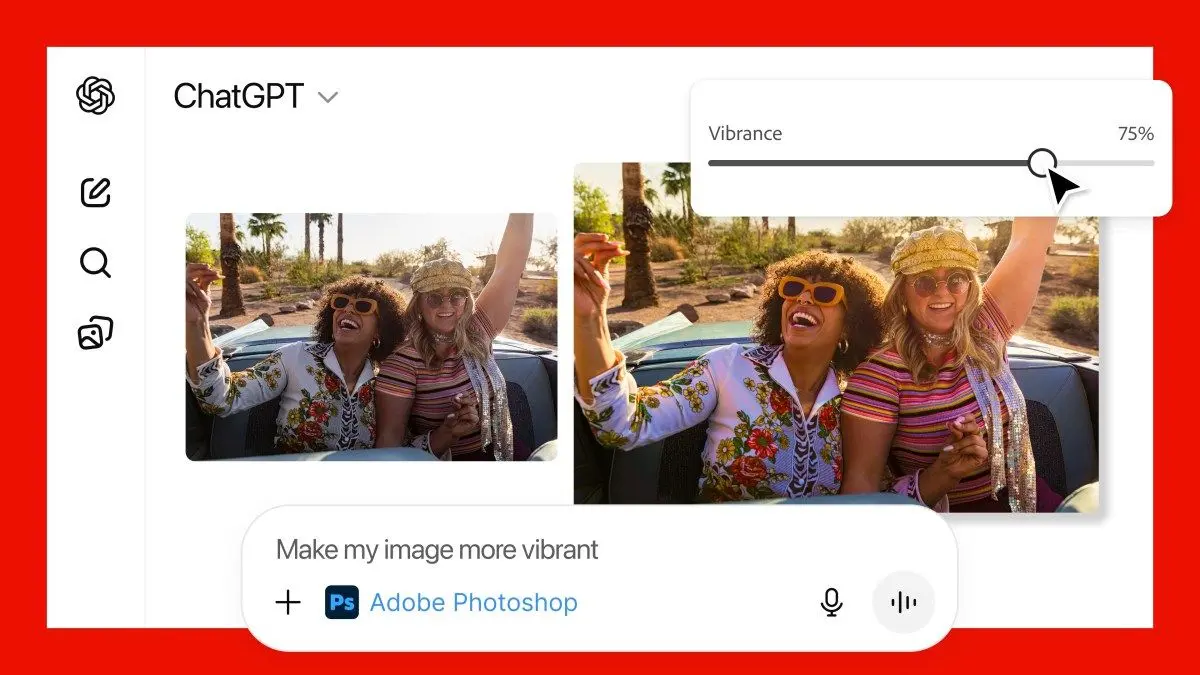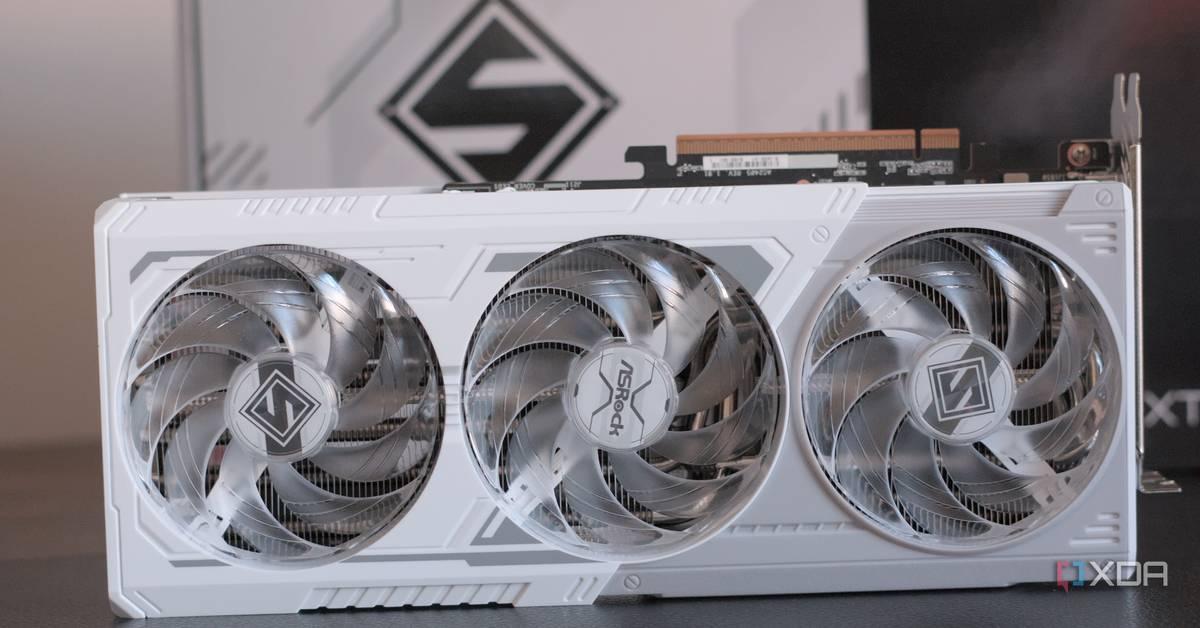Google Pixel 9 Series: Leaked Details and Expectations
2 Sources
2 Sources
[1]
Google Pixel 9
For a long time, many associated Google's rather ambitious Pixel line-up of phones with frustration. They started out as real competition to the other key Android players in the market, but after the controversial Pixel 4 and the strange mid-range Pixel 5, it was hard to trace a coherent strategy. In recent years, however, the Pixel series has been on a meteoric rise, finally hitting the mark with the Pixel 6 series. Like all the others, the Pixel 9 is a slightly iterative update, but it represents something far more important to Google; a bright, shiny proof that they have finally achieved the Pixel dream with a competitively priced phone, an excellent camera, a solid operating system and a design that is both striking and subtle at the same time. In other words, the Pixel 9 tiebreaker. First and foremost, it's worth stating right up front that the Pixel 9 is a gorgeous phone. No, Google isn't reinventing the wheel here, but from the more playful colours (our lime green is decidedly pretty), the softer corners, the beautiful camera bar and the matte bezels. Sure, next to a standard iPhone 15 you have to look twice, but there's a lot of Google here, and this is without a doubt one of the best looking standard smartphones you can buy in 2024. That's an incredibly subjective thing, by the way. Beyond that, there's everything you'd expect from a typical flagship. There's 15W wireless charging as well as reverse wireless charging, there's excellent Bluetooth 5.3 connectivity, a rather large 4700mAh battery that will easily get you through a day and a half, WIFI 6E, an ultrasonic fingerprint reader under the glass and IP68 certification. There are no compromises here, even if there isn't a 'Pro' in the name. Inside we find Google's new Tensor G4 SoC, which is an octa-core with a Mali-G715 GPU built-in. I've heard of Tensor's poor performance before, especially over long periods of time. All I can say is that Tensor didn't keep me waiting during the testing period - at all. Furthermore, I never experienced any strange stuttering, overheating or similar issues. No, it's not possible for me to test longer-term functionality in the first place, but for now I'll just say that Tensor doesn't strike me as an underwhelming architecture for a modern smartphone with expectations. The Tensor G4 can be combined with up to 256GB of space and 12GB of RAM. Apple still ships the basic iPhone with 60Hz, but you won't find that here. This is a 120Hz OLED with peaks of 2700 NITS. The screen is slightly larger this time, 6.3 inches, and the resolution is 1080x2424 protected by Corning Gorilla Glass Victus 2. It's hard to say which manufacturer definitely creates the best panels, it really is, but Google is undoubtedly in the conversation and manages to compete on an equal footing with all the others, and that's quite an achievement. Even though Google is investing heavily in AI and post-processing, the regular Pixel 9 still manages a decent camera system. You get a 50 megapixel 25mm wide with single-zone laser auto-focus and optical stabilisation and a 48 megapixel 123-degree ultra-wide. Yes, as always, the telephoto lens and optical zoom are saved for the Pro models, a trick copied by pretty much everyone else, but you can get a lot out of these two lenses on their own. It should also be mentioned that Google has gone back to a much wider front selfie lens, which is now a 20mm ultrawide at 10.5 megapixels. Thank you for that. The images are nice, Pixel images have always been nice, and the automatic processing they offer ups the contrast, creating a smoothness and dynamic range that really makes images pop. Is some of it a bit of a fake? Yes, it always has been, but without touching on the other AI tools, the standardised images from a Pixel are the easiest to share and impress others, and it's hard not to call it that. Google Pixel phones deliver the best pictures. And then there's all that AI nonsense. I'm not a fan, let's put it that way. Tinkering with colours, shadows and contrasts? That's one thing. But using Magic Eraser, Magic Editor where you can give an AI a prompt to 'reimagine' parts of an image you've taken, and you can even take a group shot twice and then have yourself, the photographer, join in. I don't like the whole concept of creating memories that didn't really happen, it seems dystopian to me, artificial, and I would always be equipped with that knowledge when I see the image again. It's a constructed reality based on a scenario that never happened. That said, whether it's Gemini Live, Pixel Studio or all the other AI-based features in the Pixel 9, it's all optional, and the great thing is that even if you don't interact with these features at all, you still get a competent camera system and a great smartphone. Yes, this might actually be the best smartphone of the year. It's a little too early to tell yet, but Google has without a doubt finally taken the plunge and delivered one of the most compelling package deals around. The world is ready for Pixel, and Pixel is ready for the world.
[2]
Google Pixel 9 Pro XL
There will undoubtedly be a lot of recurring information between this year's Pixel reviews. This is only natural, as Google has chosen a much more planned launch strategy where all of the new phones are equipped with the new Tensor G4 SoC and where two of the three camera lenses are identical from the cheaper Pixel 9 to the large Pixel 9 Pro XL. So we're going to skip over a lot of this fairly standard information and refer you to our review of the Pixel 9 for thoughts on design, weight, materials and AI features. Okay, so a Pixel 9 Pro XL. This year you're not forced to buy a gigantic phone to get a Pro model, and instead they've copied Apple's more open model. We can only applaud this, as you can now pretty much choose the features and sizes you want. In terms of the exterior, there is of course a difference in the range of colours and these are more traditionally balanced with Obsidian and Porcelain alongside Hazel and Rose Quartz. There's also a polished steel frame all around and a metal finish on the camera module. And then the real differences here; this XL model obviously has a better Super Actua display. It's 6.8 inches in what amounts to 1344p. It's also an LTPO display in 120Hz and can easily hit 3000 NITS under the right conditions. This year's Super Actua displays are impressive all round, and Google has really caught up with the competition over the last couple of generations, even if it's not a leader in the field as such. Again, it's the same Tensor G4, but this time we get a whopping 16GB of RAM, which is combined with a slightly larger UFS 4.1 memory of 256GB, 512GB or 1TB. There's no significant difference in actual usage, and now that the most expensive and the cheapest have the same SoC and cooling solution, it's basically the same profile. This is actually a praise, as there is no real differentiation in terms of usage. Google gives you essentially the same phone and then charges extra for a number of classic Pro features that the majority of people will never use anyway. This leads us naturally to the camera system. It's the same 50 megapixel 25-millimetre wide with dual-pixel PDAF and optical stabilisation, and the same 48 megapixel 123-degree ultra-wide. What's obviously slightly extra is a 48 megapixel 113-millimetre periscope telephoto lens with 5x optical zoom. Even Samsung has downgraded their 10x optical zoom to 5x this year based on data showing that very few actually use that much zoom, so this module seems relatively versatile in its form. Of course, it's still mostly for portraits, as the lens is designed to create the depth, the bokeh that characterises a good portrait shot. Is that enough to justify the purchase of a Pro? Well, that's the question. All the AI features that Google is pushing so hard are impressive in principle, but for ethical reasons I don't think almost all of them belong in the majority of cases Google finds them useful, such as removing people completely, repositioning aspects of the image or asking an AI to completely change the composition, time and place. But make no mistake; this year's Pixel phones are immensely impressive, every single one of them is. And if you want that 6.8" 3000 NITS 1344x2992 Super Actua display and the larger 5060mAh battery with the accompanying charging rate of 37W wired and 23W wireless, it's not a ridiculous price. But I'd also argue that this year's regular Pixel 9 is so impressive on its own that you can easily be satisfied.
Share
Share
Copy Link
Recent leaks reveal information about the upcoming Google Pixel 9 series, including the standard Pixel 9 and the larger Pixel 9 Pro XL. The new devices are expected to feature design changes and improved specifications.

Design and Display
The upcoming Google Pixel 9 series is generating buzz in the tech community, with recent leaks providing insights into the design and features of both the standard Pixel 9 and the larger Pixel 9 Pro XL. The Pixel 9 is rumored to sport a 6.1-inch display, maintaining a compact form factor that has been popular among users
1
. In contrast, the Pixel 9 Pro XL is expected to feature a more expansive 6.7-inch screen, catering to those who prefer larger devices2
.Camera System
One of the most notable changes in the Pixel 9 series appears to be the camera setup. The standard Pixel 9 is rumored to adopt a triple camera system, a significant upgrade from its predecessor
1
. This change could potentially bring the camera capabilities of the base model closer to those of the Pro versions, offering users more versatility in photography without the need to opt for a premium model.Processing Power
Both the Pixel 9 and Pixel 9 Pro XL are expected to be powered by Google's latest chipset, the Tensor G4
1
2
. This new processor is likely to bring improvements in performance and efficiency, potentially enhancing the devices' AI and machine learning capabilities, which have been a hallmark of the Pixel series.Design Elements
Leaked renders suggest that the Pixel 9 series will feature a redesigned camera bar on the rear of the devices. This new design appears to be more integrated into the phone's body, potentially offering a sleeker and more refined look compared to previous models
1
2
.Release Timeline
While specific release dates have not been confirmed, industry speculation suggests that the Pixel 9 series could be unveiled in October 2024. This timeline aligns with Google's typical release schedule for its flagship devices
1
2
.Related Stories
Market Positioning
The introduction of a triple camera system on the standard Pixel 9 could signify Google's intention to narrow the gap between its base and pro models. This move may be aimed at providing more value to consumers who prefer smaller devices without compromising on features
1
.Consumer Expectations
As with previous Pixel releases, consumers are likely to have high expectations for the camera performance and software features of the Pixel 9 series. Google's reputation for excellent computational photography and clean Android experiences continues to be a strong selling point for the Pixel line
1
2
.References
Summarized by
Navi
[1]
[2]
Related Stories
Recent Highlights
1
AI Chatbots Sway Voters More Effectively Than Traditional Political Ads, New Studies Reveal
Science and Research

2
Google AI glasses set to launch in 2026 with Gemini and Android XR across multiple partners
Technology

3
EU Launches Antitrust Probe Into Google's AI Training Practices and Content Usage
Policy and Regulation







